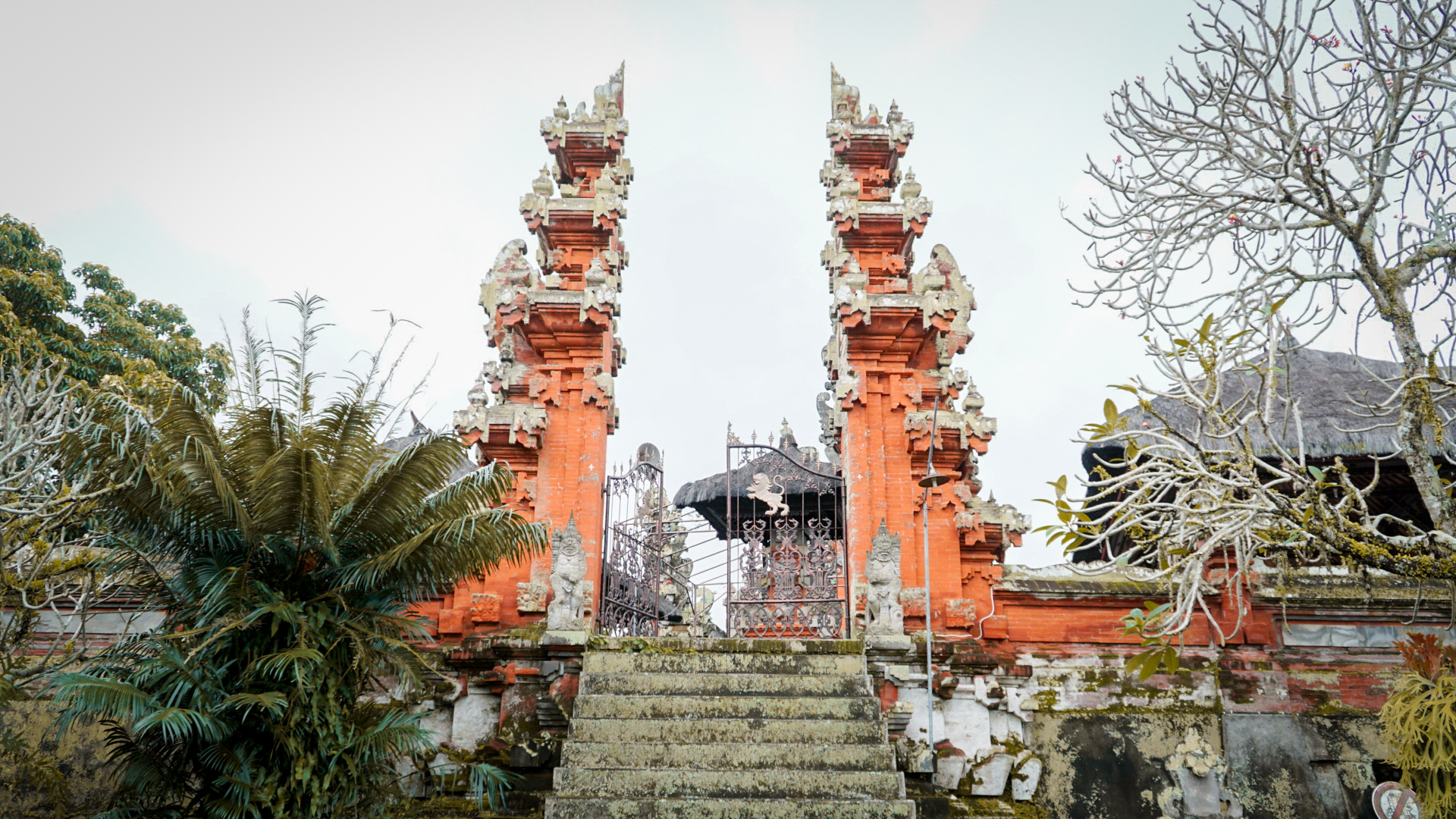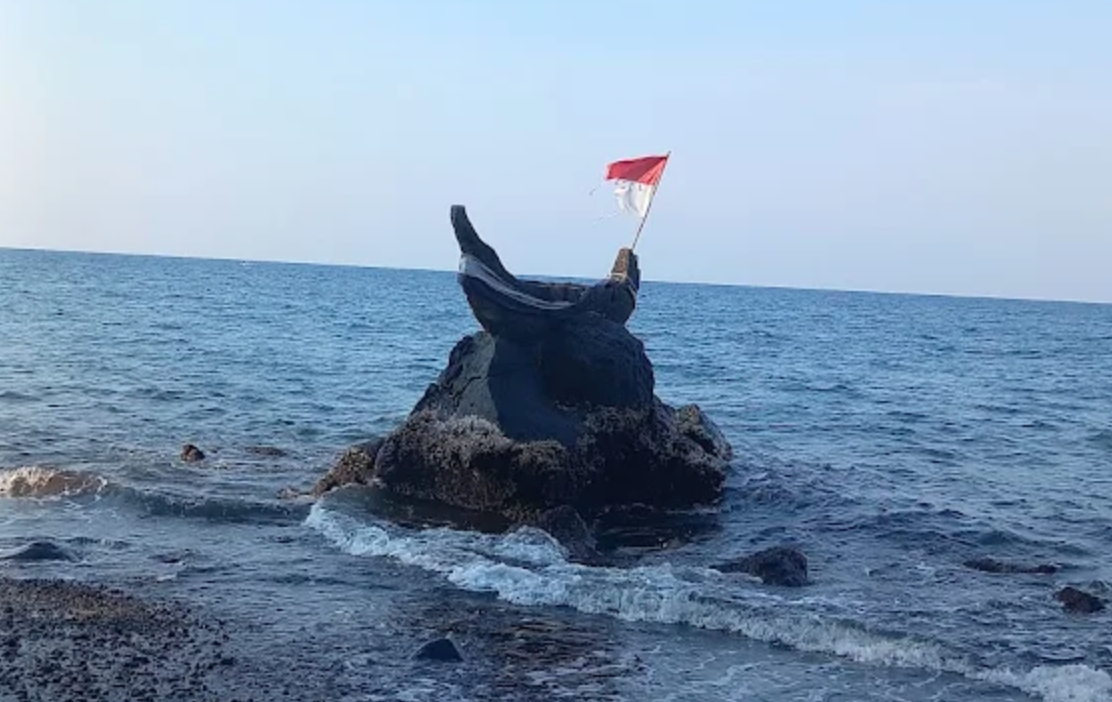Perched atop a serene hill in Karangasem, Bali, Pura Andakasa stands as a silent witness to centuries of spiritual devotion and cultural transformation.
This ancient Hindu temple, believed to date back to the 11th century, holds a profound connection to the island’s religious and historical narrative.
Its origins are credited to the revered spiritual leader Mpu Kuturan, whose efforts were instrumental in shaping Bali’s Hindu identity.
Pura Andakasa was built on the principles of Catur Loka Pala and Sad Winayaka, sacred frameworks that define the placement of four key temples representing manifestations of the supreme deity.
Among these, Pura Andakasa is dedicated to Lord Brahma, the Hindu god of creation, positioning the temple as a key spiritual pillar within Bali’s Kahyangan Jagat, or “universal temples.”
The temple’s status extends beyond its religious function. Over the years, it has stood as a beacon of resilience, bearing witness to the ebb and flow of Balinese kingdoms and serving as a spiritual refuge for generations of devotees.
Situated in Banjar Pakel, Desa Gegelang, Manggis, Karangasem, Bali, the temple’s high-altitude location carries deep symbolic meaning.
Its lofty perch evokes a sense of closeness to the divine, a trait often associated with sacred spaces in Hindu cosmology.
The climb to the temple is not merely a physical ascent but a spiritual journey, offering panoramic views that enhance the temple’s otherworldly ambiance.
The history of Pura Andakasa intertwines with ancient legends concerning Bali’s stability as an island. According to the Purana Pura Andakasa, the island once floated precariously, tethered loosely to Lombok.
To anchor it, Bhatara Pasupati, a supreme deity, severed a portion of Mount Mahameru and transported it to Bali, forming several key peaks, including Mount Andakasa.
This act is said to have laid the foundation for the island’s six most sacred temples, collectively known as Sad Kahyangan.
The temple’s name, derived from the Balinese word “anda” (meaning egg), reflects the mountain’s rounded, skyward shape.
It is believed that Bhatara Tugu, one of Bhatara Pasupati’s sons, resides atop Mount Andakasa, further deepening the temple’s divine significance.
Throughout history, Pura Andakasa has enjoyed the patronage of Bali’s royal houses. During the reign of Sri Dalem Waturenggong in the 15th century, the temple emerged as a pivotal site for royal worship.
Its prominence continued through successive dynasties, including the Dalem Smara Rajya of Klungkung, who reinforced the temple’s status as a sacred center.
Later, territorial agreements between the Klungkung and Karangasem kingdoms formalized the temple’s inclusion within Karangasem’s jurisdiction, with the nearby Angantelu community entrusted as its custodians.
Pura Andakasa remains a vital part of Bali’s spiritual fabric. Its biannual piodalan (temple festival) falls on Anggarkasih Medangsia, a sacred day in the Balinese lunar calendar.
During this time, devotees flock to the temple, bearing offerings such as Banten Pejati, canang (flower offerings), and sodan as part of their worship ritual.
One of the temple’s unique customs is the Pategak tradition, a ritual that adds to the temple’s mystique and distinguishes it from other sacred sites on the island.
Pura Andakasa is more than a place of worship—it is a living testament to Bali’s spiritual heritage. Its towering presence, coupled with its rich mythology and historical significance, continues to inspire awe among visitors.
As the temple stands resilient against the passage of time, it remains a powerful symbol of devotion, history, and cultural continuity on the island of the gods. (BT)
Image source; puraandakasa.com





